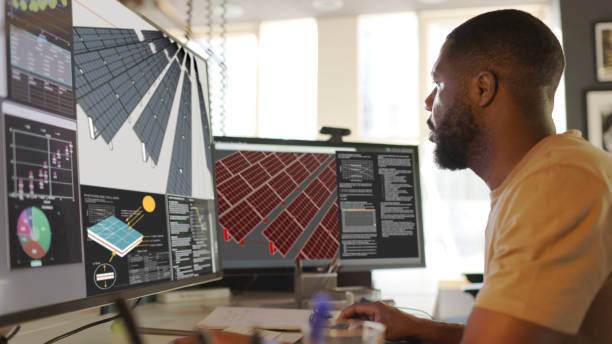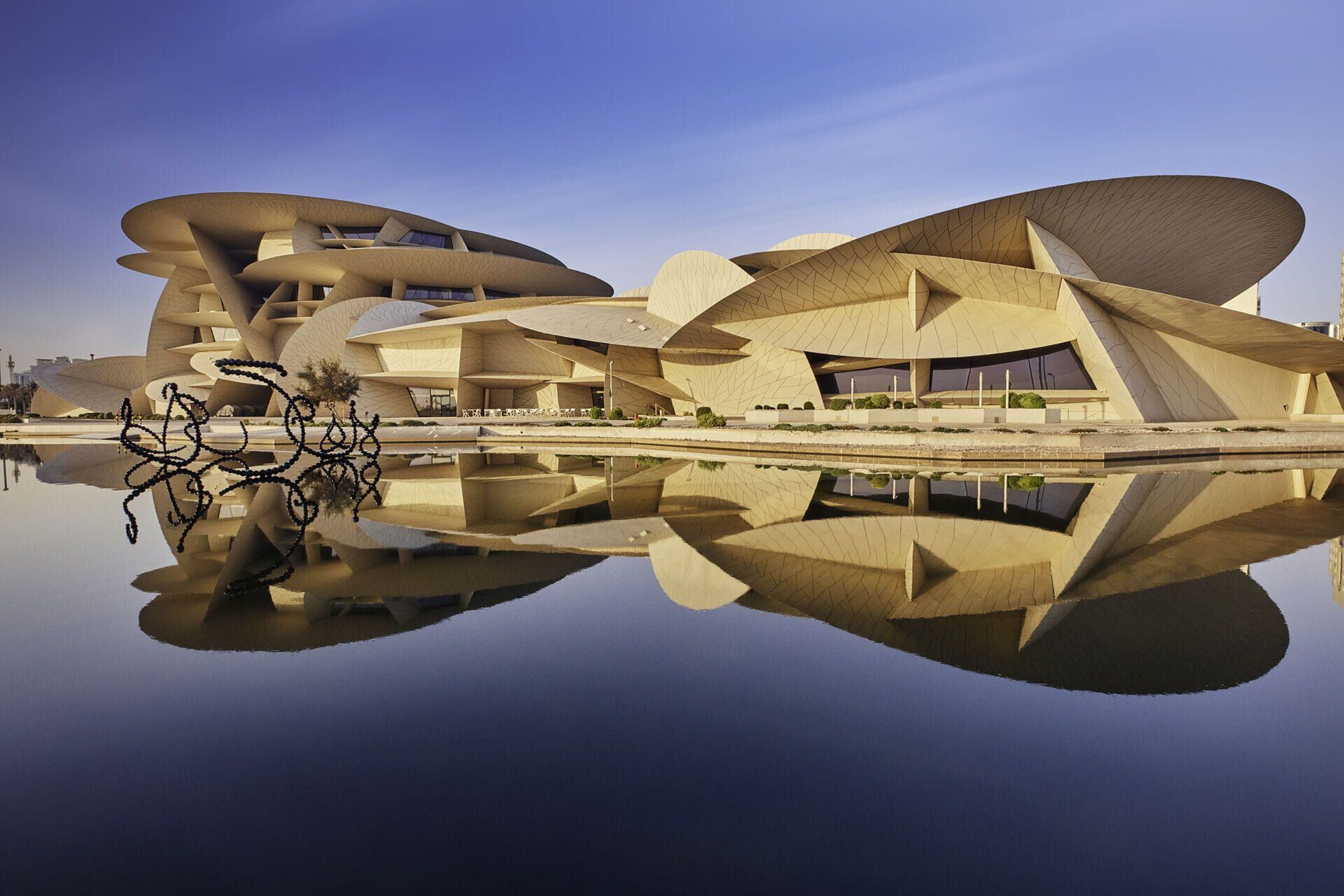Top 5 Benefits of Parametric Design in Architecture
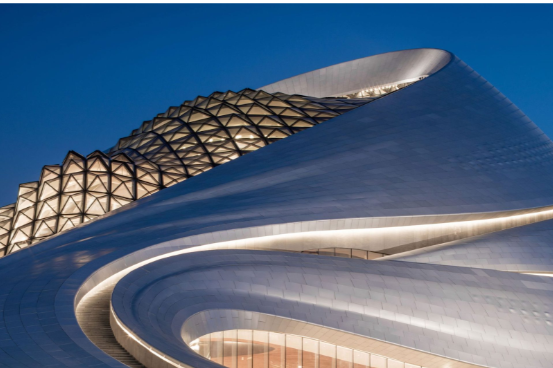
Table of Contents
Parametric design is a distinct way of designing, thanks to advanced technology and digital design techniques. It affects the traditional approach of developing architectural or urban planning projects. Read further to learn the benefits of parametric design in architecture and how it enhances the design process in today’s world.
What is Parametric Design? 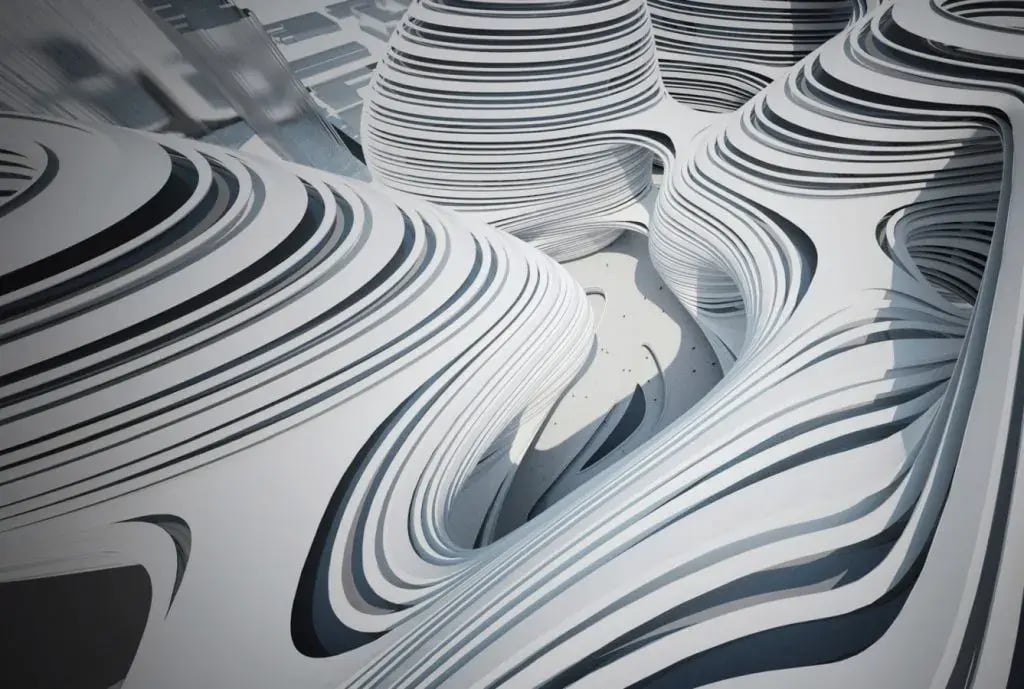
Parametric design is a process of creating and changing 3D models based on different parameters. These are the variables that explain the quality and relationship of the model. You can use these parameters to make changes like controlling a building component's size, shape, colour, material, and overall orientation. Parametric design tools have multiple benefits, like exploring a wide range of design possibilities, analysing and optimising the mode, and easily adapting and updating models based on the requirements. In simple words, parametric design has become the future of design, which is much faster than traditional processes. Now, let's take a close look at how parametric design works.
Also check out: What Does a Computational Designer Do and How to Become One? {2024 Updated}
How does Parametric Design Work? 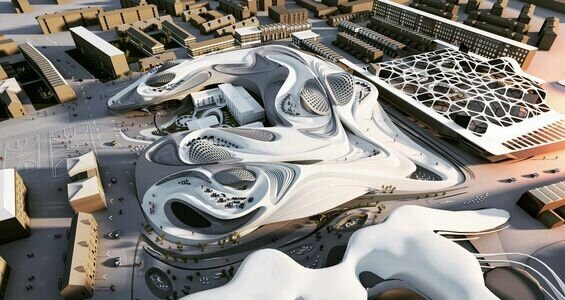
Parametric design is a systematic and data-driven approach that has changed the future of the Architecture, Engineering, and Construction (AEC) industry. Here is a comprehensive detail of how parametric design works in architecture:
1. Parametric Modelling Software
It is one of the architecture industry's core elements of parametric design. There are various software like Rhino, Dynamo, and Grasshopper that are used to create different parameters and rules to generate creative and innovative design structures. So, if you want to start a career in parametric design, these are some of the best software you should know.
2. Generative Design Process
Parametric Modelling uses Generative algorithms to create designs based on input parameters and rules. The software will create multiple design variations by iteratively changing the parameters within the predefined guidelines once designers start the generative design process.
3. Performance Analysis
The AEC industry can evaluate generated designs based on various performance criteria. This covers various factors, such as cost-effectiveness, sustainability, energy efficiency, and structural integrity. Software for structural analysis, for instance, can evaluate the safety and stability of created building designs.
Also check out: Benefits of emerging Computational design developments in the AEC industry
Benefits of Parametric Design
Architects and designers use parametric design for an algorithmic thought process. It allows them to connect the intended design and the related response. Let’s have a look at the top benefits of parametric design in the architecture industry:
1. Effective Management
One of the benefits of parametric design in architecture is the ability to manage the designing process effectively. It helps speed up the creativity part so the designers can put the focus on making the right decisions. It also allows the designers to tailor the design based on specific conditions and parameters.
2. Flexibility in Creativity
One of the major advantages of parametric design is that it allows architects and designers to explore an array of design possibilities. It is done by adjusting the parameters based on the client's requirements. Designers can create different design variations to meet the right preference.
3. Seamless Integration
Most programs (such as Grasshopper, Dynamo, and Marionette) that support parametric design tools allow smooth interaction with other standard applications. The typical integration includes environmental analysis, physics and structural simulation, and the Clash test. This eliminates the need to make multiple copies of each program and streamlines your to-do list. Every bit of data is connected and compatible. Simply put, it is one of the major advantages of parametric design in India.
4. Enhanced Productivity and Quality
Parametric design has distinct benefits, including dynamic automation, improved accuracy, quick iterations, and more resources for the overall design. Although it can be applied to any project of any size, complex structures with unusual architecture benefit greatly from it. By streamlining work, producing excellent designs, and completing projects successfully, parametric design elevates the modelling process.
5. Data Utilisation
One of the numerous benefits of parametric design in architecture is data utilisation. What used to take days or even months to complete now only takes minutes. Multiple workable options may become available to us if we comprehend the needs of our clients and input the same data with any applicable filters and restrictions. It is possible to create new tools that fulfil different needs.
Also watch:
5 Breathtaking Parametric Design Buildings in the World 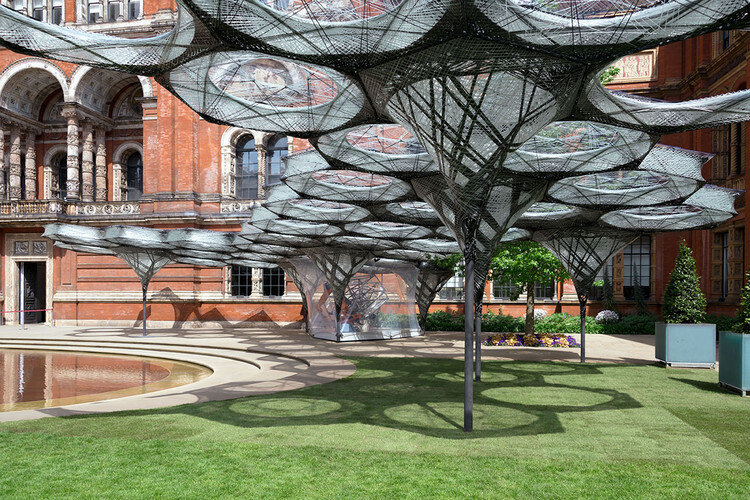
Parametric design has completely transformed the architecture world, making it possible to construct amazing, previously unimaginable structures. Here, we are presenting the top five breathtaking buildings with parametric design globally, each with its special qualities and innovations:
1. Heydar Aliyev Centre, Baku Azerbaijan
Architect: Zaha Hadid Architects
The Heydar Aliyev Center challenged traditional architectural rules with its flowing, organic forms, making it a masterwork of parametric design. Zaha Hadid's design has no straight lines or sharp angles, which gives it a feeling of fluidity and movement. The building's curved shape exemplifies what parametric architecture can do.
2. Al Bahr Towers, Abu Dhabi, UAE
Architect: Aedas Architects
The flexible parametric facades of the Al Bahr Towers are well known for their ability to adapt to shifting sun angles. This creative use of parametric design lowers solar heat gain while keeping visibility, increasing energy efficiency. It is the perfect parametric design architecture example.
3. The Crystal, London, UK
Architect: Wilkinson Eyre
The Crystal is an energy-efficient, crystalline glass structure that showcases parametric design in an urban setting. It is possible to calculate solar exposure and energy performance precisely with parametric modelling, which makes it a model for sustainable architecture.
4. ArtScience Museum, Singapore
Architect: Moshe Safdie
Inspired by the lotus, the ArtScience Museum's unique shape was created through parametric modelling. The distinctive roof structure is a testament to the flexibility of parametric design in producing intricate and aesthetically pleasing architectural forms.
5. Innovation Tower, Hong Kong, China
Architect: Zaha Hadid Architects
The Hong Kong Innovation Tower has a facade that was parametrically designed to resemble a network of flowing lines. The stability and distinctive appearance of the building were guaranteed by the accurate calculation of structural elements made possible by parametric modelling.
Conclusion
Parametric design in India is emerging as one of the best approaches for the AEC industry. Its goal is to enhance the methods used in the architectural industry. It offers more sophisticated and improved tools that make design creation quicker and more effective. The advancement offers several challenges and alternatives to the traditional way of thinking that leads to the best design solution. Nonetheless, there is a certain amount of risk because numerous parameters or factors are connected to important design elements.
If you want to do a comprehensive parametric design course, you can contact Novatr. You enrol in our Master Computational Design course to learn parametric design and other types of Computational Design. Learn 5+ software and their plugins from professionals working in top global companies.
You can check our Resource page to learn more about the Architecture, Engineering, and Construction industry!

 Thanks for connecting!
Thanks for connecting!


.png)


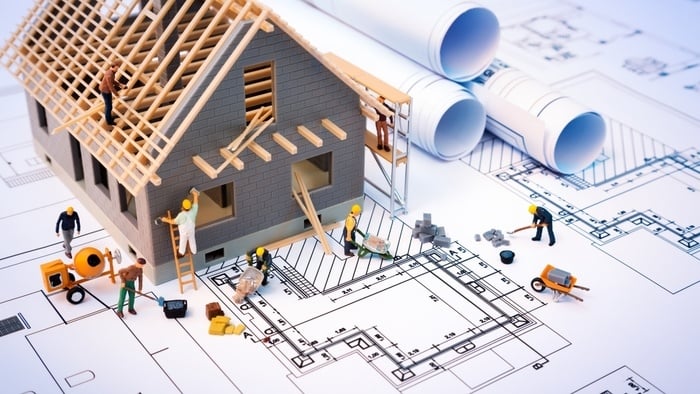
.jpg)
